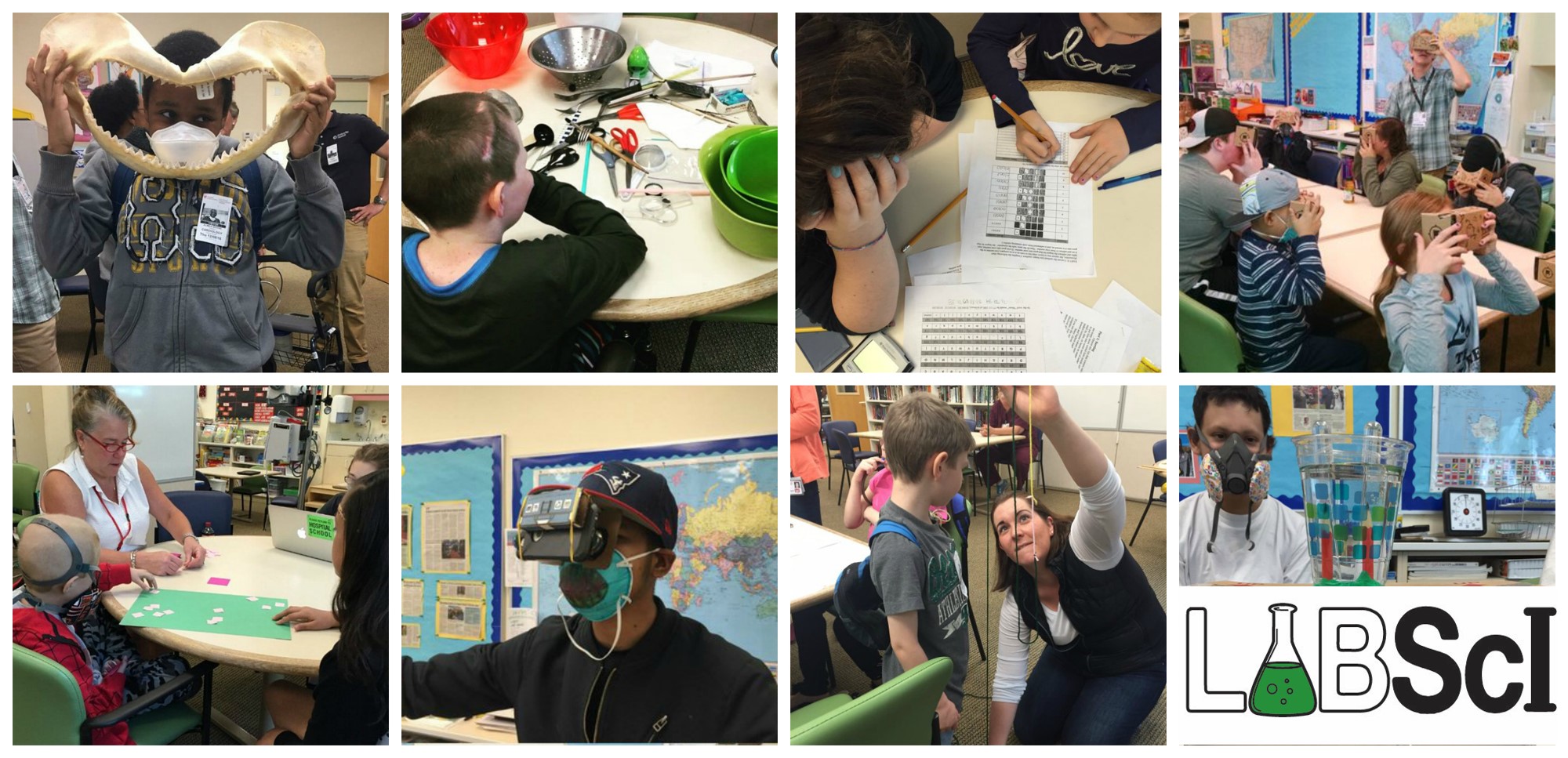Click on each lab to learn more about its recommended prerequisites, key concepts, and materials. Please feel free to download and use any material found on this site. Each lab has a student version, as well as a teacher version that contains background information about the topic, tips for how to lead the lab, and answers to discussion questions. Some labs have an additional advanced student version, which is typically the same as the student version except it includes a bit more in-depth analysis and/or quantification of results. In general, the labs should fit the needs of middle school and high school students, but some are recommended more for one age group over the other.
Acids & Bases: Cabbage Juice pH Indicator
In this lab, students will learn about what makes an acid or base “strong,” and use the juice from red cabbage to test the pH of common household liquids and perform neutralization experiments.
Chromatography: Candy Coating & Marker Colors
In this lab you will separate a mixture of unknown composition using several common household items. You will then perform a more specific separation in which you separate the dyes in Skittles and M&M’s using thin layer chromatography.
Electrolysis: Splitting Water
In this lab you will use a battery to perform electrolysis, or chemical decomposition, of different aqueous solutions (like water) to produce gases (like hydrogen and oxygen in the case of water). You will measure the volumes of gas produced and compare this to the predicted ratios from chemical equations. Finally, you will explore an industrial application of electrolysis using metal electrodes.
Freezing Point Depression: Can Oceans Freeze?
In the first part of this lab, students will investigate the freezing point depression of saltwater and how it changes with varying amounts of solute concentration. Students will learn about the concepts of solution concentration and molality. In the second part of the lab, students will use two freezer bags to observe how readily water freezes.
Periodic Table & Atomic Structure: Secret Agent
This lab explores the structure of atoms and elements as well as simple ionic bonds. Students use colored beads and the periodic table to model and identify different elements. Students also assemble a periodic table of secret agents, and try to identify the missing agent, based on trends and patterns.
Rutherford Atomic Model: Hidden Obstacles
This lab demonstrates the techniques that scientists used over a century ago to determine the basic structure of the atom. By rolling marbles past hidden obstacles and observing their trajectories, students will be able to make inferences on the shape and size of the obstacles.
Stoichiometry: Baking Soda & Vinegar Reactions
In this lab, students will examine the chemical reaction between baking soda and vinegar, and mix different amounts of these household chemicals to learn about the concept of stoichiometry.
Surface Tension: Liquids Stick Together
In this lab you will learn about properties of liquids, specifically cohesion, adhesion, and surface tension. These principles will be demonstrated by adding drops of different liquids to pennies to determine the strength of molecular attraction.
